In Official Dispatch No. 1631 , Deputy Minister Hoang Dao Cuong allowed the Department of Culture and Sports of Ninh Binh province to coordinate with the Institute of Archaeology to conduct an expanded archaeological excavation at the Den Citadel Wall site, Chi Phong village, Truong Yen commune, Hoa Lu district, Ninh Binh province.
The excavation time is allowed to take place from June 11, 2025 to September 10, 2025 on an area of 300m2 (10m x 30m) under the chairmanship of Mr. Nguyen Ngoc Quy, Institute of Archaeology.
Previously, the Institute of Archaeology (Vietnam Academy of Social Sciences ) sent document No. 201 to the Ministry of Culture, Sports and Tourism, the Department of Cultural Heritage requesting permission for expanded archaeological excavation at Thanh Den Citadel. The purpose of the expanded excavation is to study the foundation of the wall and moat of Thanh Den Citadel to clarify the construction techniques, methods and dates. To study the function and contribution of Thanh Den Citadel in the overall Hoa Lu Capital.
Pursuant to Decision No. 554 dated March 6, 2025 of the Ministry of Culture, Sports and Tourism on archaeological excavation, from March 15, 2026 to May 30, 2025, the Institute of Archaeology in coordination with the Department of Culture and Sports of Ninh Binh province will conduct excavation at the Den Citadel Wall site.
The results of the excavation of Thanh Den wall in 2025 continued to confirm the technique of building Hoa Lu citadel wall in the 10th century, along with the excavations at Tuong Dong in 1969, the exploration of Tuong Den in 2018, the emergency excavation of Tuong Dong Bac wall along with this excavation, showing the consistency in the technique of building Hoa Lu citadel. Up to now, it has been possible to clarify that the artificial walls in Hoa Lu were all built on a rather weak, swampy ground, so they all used the technique of spreading tree trunks and reinforcing with wooden bars combined with piles to prevent landslides. The walls were built in a semicircular or almost trapezoidal shape, in which the outer slopes were often steeper than the inner ones.
Technically, after building the wall foundation with a layer of clay mixed with leaves to prevent subsidence; on the surface of the foundation, the ancients arranged two rows of brick walls to help the wall foundation stay straight, the base of the brick wall was lined with boulders to create strength and also to reinforce the wall against landslides. Finally, there was a layer of clay wall covering connecting the two rocky mountain sections. The clay layer to build the wall could have been broken through the ground right from the excavation of the moat outside the relic. Breaking through the ground to build the wall and digging the moat is a traditional technique of traditional Vietnamese citadels that were once present in Co Loa, Luy Lau, La Thanh Thang Long, La Thanh Thanh of the Ho Dynasty, etc.
This mission has fully complied with the steps of the archaeological excavation process. The collected documents have been preserved through photos, drawings, and archaeological descriptions. The archaeological pit has been digitized through 3D scanning to be able to reconstruct the research in the next stages. The excavation results have provided new documents contributing to the study of the citadel wall and the process of building the Hoa Lu citadel wall, and also contributing to a more complete understanding of the Hoa Lu capital under the Dinh - Tien Le dynasties in the 10th century.
In Official Dispatch No. 1632 , Deputy Minister Cuong allowed the second archaeological excavation at the Thanh Nha Bau relic (An Khang commune, Tuyen Quang city, Tuyen Quang province) from June 9, 2025 to July 15, 2025 on an area of 48 square meters, including 3 pits.
The archaeological excavation work was conducted under the chairmanship of Mr. Nguyen Duc Binh, Institute of Archaeology.
 |
Thanh Nha Bau (Photo: Nam Suong - VNA) |
Previously, the Institute of Archaeology (Vietnam Academy of Social Sciences) sent document No. 191 to the Ministry of Culture, Sports and Tourism and the Department of Cultural Heritage requesting permission to conduct archaeological excavations at the Bau citadel relic (Tuyen Quang) for the second time.
The objective of the excavation is to search for and identify traces of the citadel wall and related architectural works, thereby seeing the distribution range of the relic, the scale of the citadel wall, and the location of the architectural works. The excavation results will contribute to providing data for the study of the process of formation of the relic, the structural characteristics, and the types of materials used in the construction of the citadel and architecture.
The excavation results also provide documents for research on the heritage value, historical and cultural value of An Khang (Tuyen Quang) in particular and Tuyen Quang province in general. On a broader scale, the excavation and research results also provide documents for studying the history of Vietnamese citadels, the history of Vietnamese architecture as well as the handicrafts in history.
The two decisions of the Deputy Minister of Culture, Sports and Tourism clearly state that during archaeological excavations, licensed agencies must pay attention to protecting the stratigraphy of the relic; are responsible for disseminating information to the people about protecting local cultural heritage, and not announce official conclusions without the agreement of the competent authority and the Department of Cultural Heritage.
The Museum and the Department of Culture, Sports and Tourism of the two provinces are responsible for preserving and protecting the artifacts collected during the archaeological excavation process, avoiding damage or loss, and reporting to the Minister of Culture, Sports and Tourism on plans to protect and promote the value of those artifacts.
After the completion of the archaeological excavation, the Museums of Tuyen Quang and Ninh Binh provinces and the Institute of Archaeology must have a preliminary report and propose a plan for management and protection of the excavated area within 1 month at the latest and a scientific report within 1 year at the latest, sent to the Ministry of Culture, Sports and Tourism. Before announcing the results of the archaeological excavation, the licensed agencies must discuss and reach an agreement with the Department of Cultural Heritage.
Source: https://baophapluat.vn/cho-phep-khai-quat-khao-co-tai-tuong-thanh-den-va-thanh-nha-bau-post550677.html























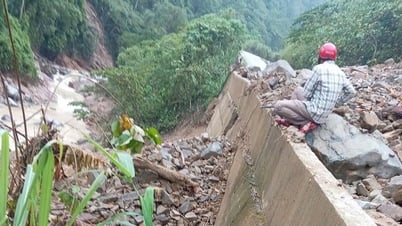
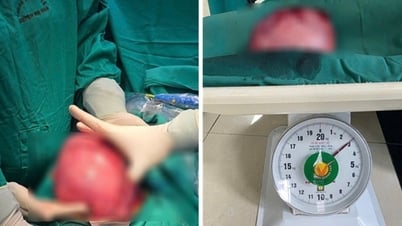


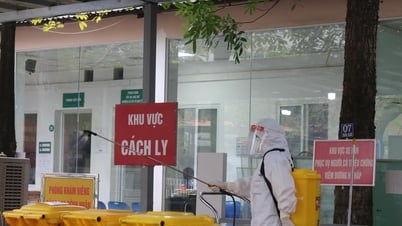






















































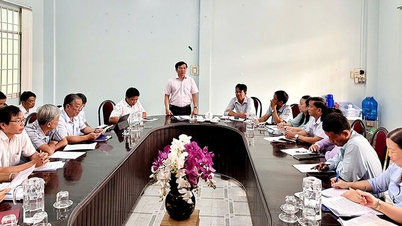













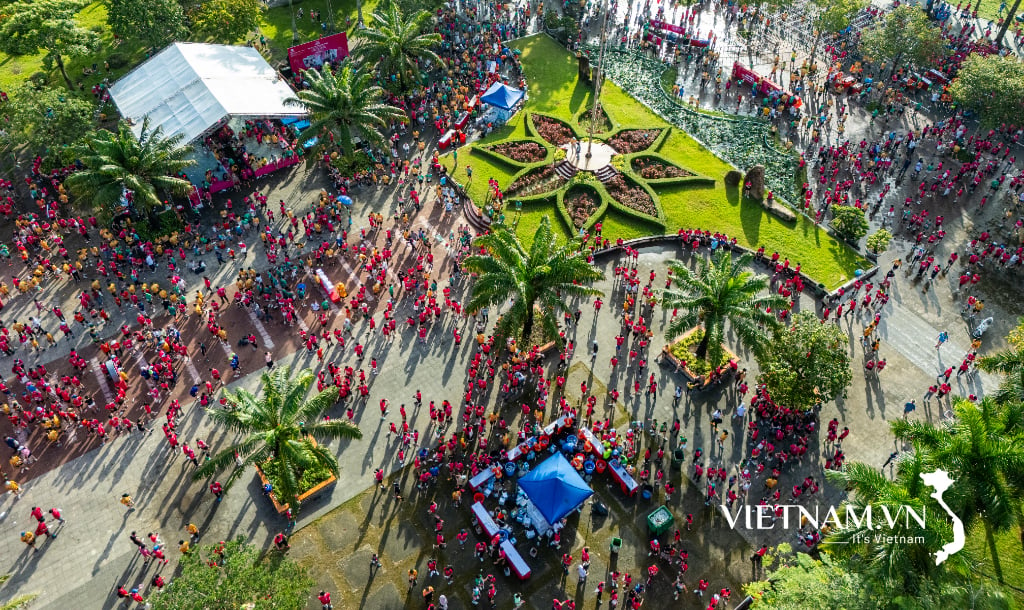
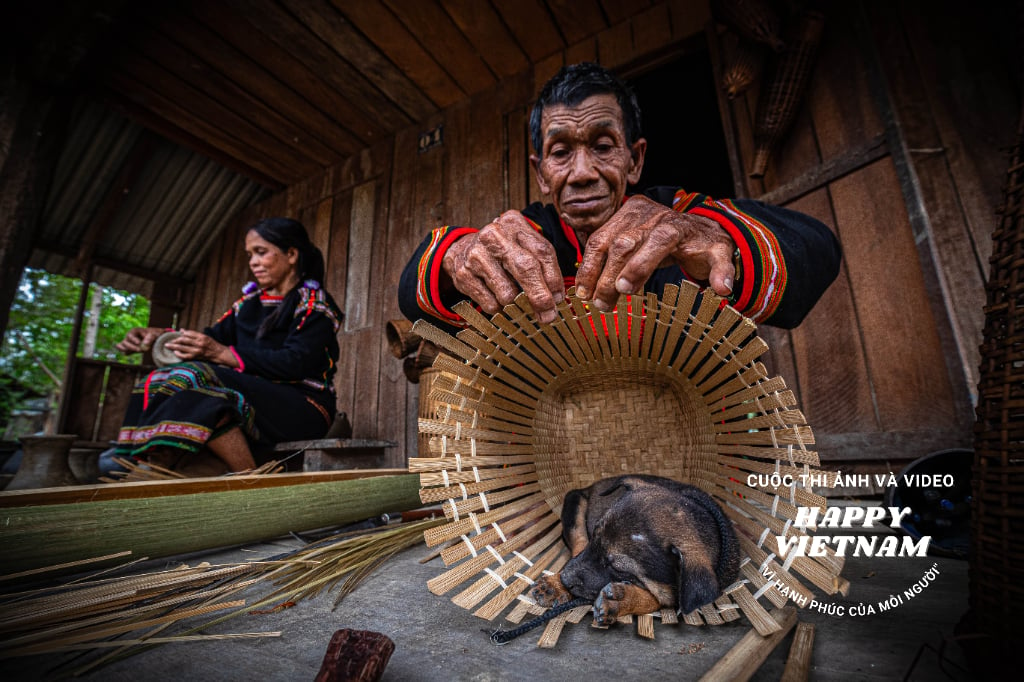
Comment (0)